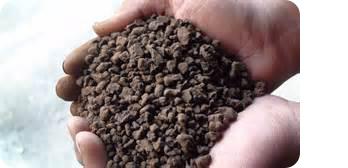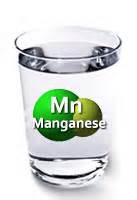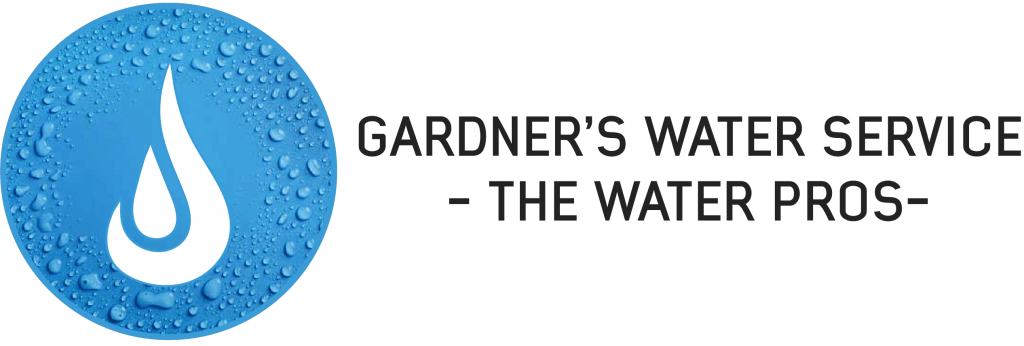- Home
- / Pages
Manganese Filtration

How do all those number affect you? Hard water causes two problems:
1. Dissolved calcium and magnesium precipitate out of hard water as scale, which builds up on the insides of pipes, water heaters, tea kettles, coffee makers and industrial machinery. Scale reduces flow through pipes and is a poor conductor of heat. Eventually, pipes can become completely clogged.
2. Hard water reduces soap’s ability to lather, whether in the shower, sink, dishwasher or washing machine, and reacts with soap to form a sticky scum.
You can combat hard water in various ways, including filtering it by distillation or reverse osmosis, adding a packaged chemical softener such as powdered borax or washing soda (sodium carbonate), or running it through a water softener.
Removal of manganese can be done by ion exchange (sodium form cation – softener) or chemical oxidation – retention – filtration. Removal with a water softener dictates that the pH be 6.8 or higher and is beneficial to use countercurrent regeneration with brine make-up and backwash utilizing soft water. It takes 1 ppm of oxygen to treat 1.5 ppm of manganese. Greensand filter with potassium will remove up to 10 ppm if pH is above 8.0.
Birm filter with air injection will reduce manganese if pH is 8.0 to 8.5. Chemical feed (chlorine, potassium permanganate, or hydrogen peroxide) followed by 20 minutes retention and then filtered with birm, greensand, carbon, or Filter Ag will also remove the manganese.



